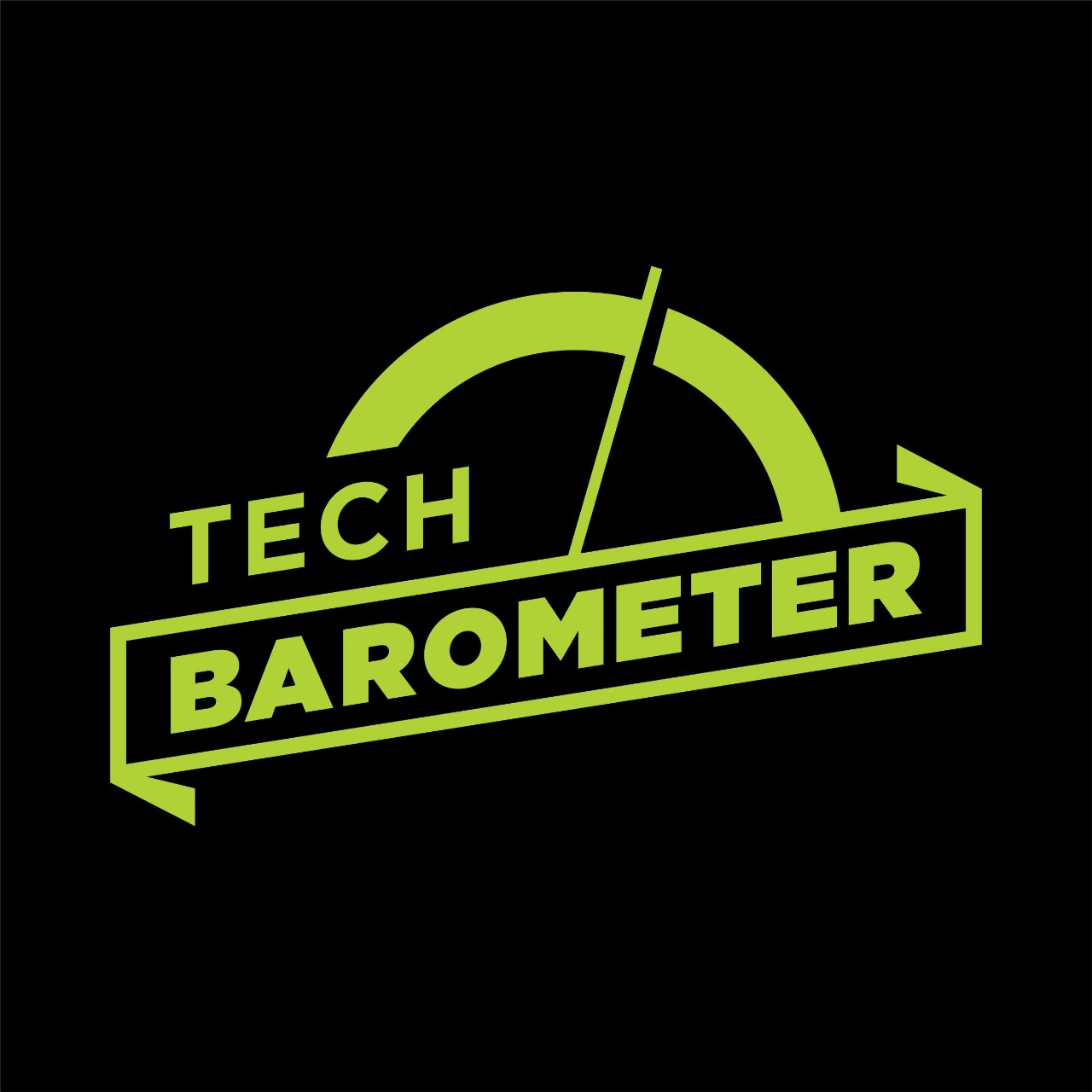Innovation in database-as-a-service (DBaaS) is poised to bring big changes in the years ahead, according to a leading industry expert.
DBaaS was a fine idea from the get-go because something had to change. The giant public cloud providers and a host of smaller specialists eliminated a nagging aggravation for developers and other IT pros — waiting hours or days for a database administrator to provision a DB. Today, just about anybody with an internet connection and an understanding of database structure can get a DB up and running in short order.
This dovetails with the fundamental appeal of the cloud business model: It lets developers build apps and microservices on a usage-based model. Companies typically pay only for the computing resources and bandwidth they actually use, which tends to be much more economical than using monolithic software suites.
Alas, DBaaS is less than a lifesaver for some people, especially database administrators and IT managers in larger companies. They have so many databases that they’re having a hard time managing them all. Moreover, IT teams often use multiple DBaaS providers, each one using different database methodologies. Coordinating this deluge of DBs is a time-consuming chore.
These pitfalls turn the traditional pitch for technology on its head: digital tools are supposed to free IT people to focus on strategic business concerns — not bog them down in manual processes. Fortunately, a new generation of DBaaS technology is helping IT leaders automate and manage their database ecosystems.
“Enterprises’ competitive landscapes are being turned upside down by digital business,” said Tony Baer, a longtime ZDNet technology columnist whose research firm, dbInsight, focuses on the database sector. “They need to refocus on innovation as a matter of survival.”
Baer explained that the prime venue for DBaaS innovation is a cloud control plane that makes it easier for IT teams to coordinate their disparate DBs. This clears the way to embrace advanced technologies like machine learning that merge structured and unstructured data from multiple DB configurations.
Why DBaaS is So Difficult to Manage
Bringing order to DBaaS environments presents a raft of technical difficulties.
“The biggest technical challenge for DBaaS is adapting legacy databases that were not designed for scale-out,” Baer said in an interview.

Furthermore, DBaaS providers may have licensing provisions that penalize users for expanding capacity to cope with demand spikes.
Baer spelled out more of the technical challenges of DBaaS in a white paper titled “Turn Your DB into a Service,” which he produced in a partnership with Nutanix, the hyperconverged infrastructure (HCI) provider. Among the core issues he explored:
An expanding data estate. Companies are dealing with nontraditional data types and external sources such as messaging, text, images, video, logs, sensors/IoT and social networks. And all of these sources are pouring data into advanced algorithms that enable machine learning. Enterprises need specific data management frameworks to take advantage of these data types and merge data from multiple DBaaS sources.
Copy data management. Enterprises may have hundreds of active production instances and multiple copies of each database. Every copy represents an administration headache because IT teams need to synchronize everything to generate a single version of the truth. Moreover, each copy must be consistently configured, patched, maintained and secured.
Multiple providers. Each DBaaS company has its own way of doing things, which complicates the process of managing DBs across multiple service providers. Some IT teams may use DBs from Oracle, Amazon, Google and other companies. Gaining a single source of truth across all these services can be an imposing prospect.
In the coming decade, improvements in the cloud control plane will help companies apply DBaaS tools to these kinds of challenges. Enterprises will insist on simple, flexible options that eliminate operational and management duplication, Baer wrote in the white paper. They’ll also keep their options open on where to run their workloads.
“For databases, they want the cloud operational simplicity of a service without restricting their platform choices,” Baer wrote.
The Business Case for Bringing Order to DBaaS
“Having multiple sources of the truth is becoming a huge competitive liability — and exacerbating management bottlenecks,” Baer wrote in the Nutanix white paper. To stay competitive, companies will need real-time, reliable, common views of their customers and operations, he added.
Bear said new DBaaS management tools will help companies innovate.
“Redirecting DBAs and IT practitioners away from legwork such as patching, provisioning, cloning, patching, refreshing and backups allows them to help the business proactively plan applications and databases that can support new initiatives, from more effective engaging of their customers to improved operational efficiency or more robust cybersecurity,” he said.
Baer added that the latest DBaaS software helps companies grapple with the scalability, elasticity, and flexibility required to embrace the Internet of things (IoT), fast 5G networks and other emerging technologies. Traditional on-premises database management tools weren’t designed to handle these demands.
The Role of Hyperconverged Infrastructure in DBaaS
One promising innovation of the cloud era is hyperconverged infrastructure (HCI), which manages compute, storage and networking on commodity hardware, simplifying datacenter operations and reducing total cost of ownership. HCI can work on-premise, in the cloud or in a hybrid setup. The best HCI software centralizes the management of these resources in an easy-to-use, consumer-grade interface.
In his Nutanix white paper, Baer explained why HCI lays the groundwork for advanced DBaaS applications.
“HCI enables flexibility, as many enterprises are already juggling running databases on-premises and in one — or more — clouds,” he wrote. “It promotes flexibility and agility by eliminating the need to separately configure and tune each of the resources regardless of where they run, individually.”
Nutanix, an HCI pioneer, is positioning itself to lead the coming wave of DBaaS-driven innovation. Its Nutanix Era software gives DBAs the power to create, provision and manage their entire DB ecosystem from a single screen. That streamlines the processes of DB provisioning, copy data management, data protection and patch management.
“Nutanix’s key differentiator is that it does not limit customer database choices,” Baer said in an interview.
“Most commercial DBaaS services are designed around specific databases. Nutanix Era allows customers to take advantage of the benefits of DBaaS with the database(s) of their choice.”
Ultimately, innovating with DBaaS comes down to who benefits from the technology.
“IT and the business are the beneficiaries,” Baer said. “IT, because it can devote its efforts to higher value-added tasks, and the business, because they can reduce time to benefit and grow more agile in response to changes in their competitive landscapes.”
Tom Mangan is a contributing writer. He is a veteran B2B technology writer and editor, specializing in cloud computing and digital transformation. Contact him on his website or LinkedIn.
© 2020 Nutanix, Inc. All rights reserved. For additional legal information, please go here.



